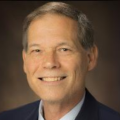Writers from both inside and outside statistics have taught me a great deal about thinking about data, data analysis, statistics, measurement AND about communicating statistics to the public. I have been inspired, and my thinking has been shaped by these contributions. I want to share some recommendations in this post.

John Allen Paulos (1995) – A Mathematician Reads the Newspaper.
This book includes sections with stories illustrating math principles including some probability and statistics ideas. The story headlines in various chapters are ‘composites’ from related headlines from 1993 and 1994. This may have been my first exposure to thinking about translating science and statistics into journalism.
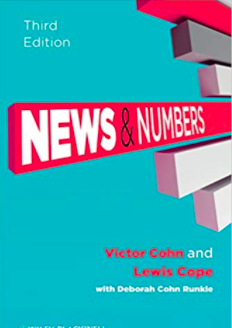
Victor Cohn, Lewis Cope and Deborah Cohn Runkle (1989 – 1st edition; 2012 – 3rd Ed.) – News and Numbers: A Writer’s Guide to Statistics. I encountered this book early in my teaching career when I was thinking about what statisticians and scientists should consider when they want to share their work with non-technical audiences. The authors are science writers and journalists, and this book “helps you decide which numbers and studies you probably can trust and which ones you surely should trash” – “behind base use of numbers I usually find bad thinking, sometimes by the user and sometimes by the person who cooked up the numbers in the first place”. The questions in the chapters detail what statisticians and researchers should be prepared to answer for journalists and the public.
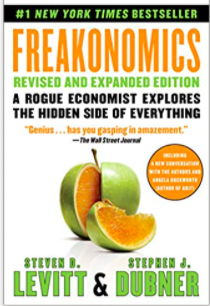
Steven D. Levitt and Stephen J. Dubner (2005) – Freakonomics: A Rogue Economist Explores the Hidden Side of Everything.
This book is a collaboration between a behavioral economist and a journalist. I was inspired by the product of their collaboration. I thought this book provided numerous examples of the insights statistical methods could yield about important problems.
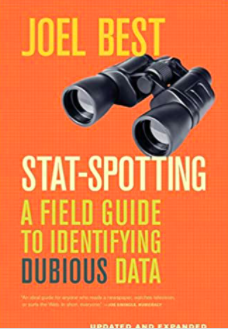
Joel Best (2008) – Stat Spotting: A Field Guide to Dubious Data.
Best is also the author of Damned Lies and Statistics (2001) and More Damned Lies and Statistics (2001, 2004). These books argue persuasively that we “need to ask how numbers are socially constructed”. The book is organized into topics by dubious data types – Background; Blunders; Sources: Who counted and Why?; Definition: What did they Count; Measurements: How did they count; Packaging; Debates. When I team taught a course with a journalist in 2009, we used News and Numbers and Stat Spotting as our texts. Students were required to build a portfolio for class with ‘dubious data’ and how they would recommend improving the reporting.
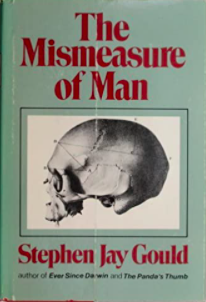
Stephen Jay Gould (1981) – The Mismeasure of Man.
Gould was an evolutionary biologist and paleontologist with a talent for writing about science. He regularly contributed essays to the journal Natural History. I was enthralled by his ability to illustrate concepts from evolution to more mundane concepts. His book The Mismeasure of Man was an epiphany for me; this book caused me to think more deeply about the cultural context in which data are collected and analyzed — and what intelligence means and how we attempt to measure it.
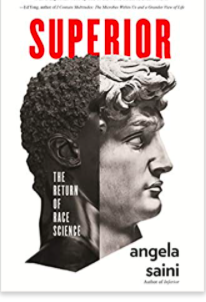
Angela Saini (2019) Superior: The Return of Race Science.
I read Saini’s book in 2020, and I had the pleasure of conversing with her on the Stats+Stories podcast. Her work traces the emergence and persistence of race science through history. For statisticians, there is an important message about fundamentally understanding what measurement categories truly represent before acting as if the categories have meaning beyond a social construction that might underlie them.

Tim Harford (2020) How to Make the World Add Up.
Harford’s recent book starts with an acknowledgment of two 1954 publications that provide a contrasting story in terms of devaluing or valuing insights from data – the publication of Huff’s book How to Lie with Statistics and Doll and Hill’s work linking smoking to lung cancer. Each chapter is a rule for evaluating evidence ranging from “Search your feelings” to “Avoid premature enumeration” to “Ask who is missing” and more … including Harford’s golden rule: Be curious.
This is not an exhaustive list but I hope it will give you an introduction to books that may not be on your radar. Let me close with a challenge for the readers of this post – add a comment to this post with your suggestions for books or articles that you recommend for thinking more about statistics and the news. I’m always looking for a good book.

